WASHINGTON, D.C. — A new investigation from Grist reveals disaster survivors are living in damaged homes for years after their insurance companies collapse, trapped in legal limbo while fighting for payouts that may never come. It underscores that America’s home insurance crisis is reaching a breaking point as property insurance companies abandon families in disaster-prone communities after years of raising prices and extracting massive profits. Nearly two million policies were dropped between 2018 and 2023 in disaster-prone states like Florida, Louisiana, California, and Texas, leaving millions of Americans either uninsured or facing steep premium hikes that make homeownership unaffordable.
Unlocking America’s Future is calling for comprehensive reform to end this rampant abuse and hold the insurance industry accountable. Real solutions require regulatory reform that prioritizes transparency and accountability, direct support for struggling families in disaster-prone communities, and an end to the cycle where insurance companies profit in good times and abandon Americans in bad times.
See coverage below:
Grist: They survived the hurricane. Their insurance company didn’t.
- In recent years, extreme weather events supercharged by climate change have revealed how fragile the country’s property insurance landscape is — and how quickly insurance companies can go from profitable to nonexistent. In the five years between 2018 and 2023, more than 1.9 million home insurance policies were dropped in disaster-prone states like Florida, Louisiana, California, and Texas by insurance companies that either voluntarily withdrew from those states or went bankrupt. FedNat was one of seven Florida-based property insurers to go bankrupt during 2021 and 2022 due to insurmountable financial troubles. In Louisiana, 11 insurance companies were declared insolvent between 2021 and 2022.
- The resulting scramble to secure insurance in high-risk areas often means homeowners face a daunting choice: high premiums in a private market that is loath to insure them, or limited coverage through state-mandated insurance programs that can cost just as much or more.
- The insurance business has always been cyclical, rocking between boom periods of profitability and bust periods of huge losses driven by disasters and homeowner lawsuits. But as the planet heats up, the business of risk is undergoing a period of rapid evolution. FedNat’s quick demise is emblematic not just of an industry ill-prepared for the consequences of climate change, but also of a new era for the country’s insurance markets — one where state systems designed to keep companies in the black and shield homeowners from catastrophe are failing cyclically in both regards.
- “We are in the era of polycrisis,” said Daniel Aldrich, director of the Resilience Studies Program at Northeastern University, “which is a fancy way of saying the number of disasters and their impact are both increasing and the time between shocks is decreasing, therefore government institutions, insurance companies, and homeowners can’t keep up.”
- People like the Byes, forced to navigate the legal process of fighting for an insurance payout while simultaneously trying to find another company willing to insure them, end up getting caught in the crosshairs.
- Fair Access to Insurance Requirements Plans, or FAIR plans, operate in 36 states and typically have high premiums, strict requirements, and offer limited coverage. That’s by design: Authorized by states in the 1960s and funded by private insurance companies as a prerequisite for doing business, the plans are supposed to serve as a backstop for Americans in the riskiest parts of the country.
- But as more of the nation becomes high-risk and private insurance companies pull back, waves of people are being forced on and off these state-sponsored plans.
###

